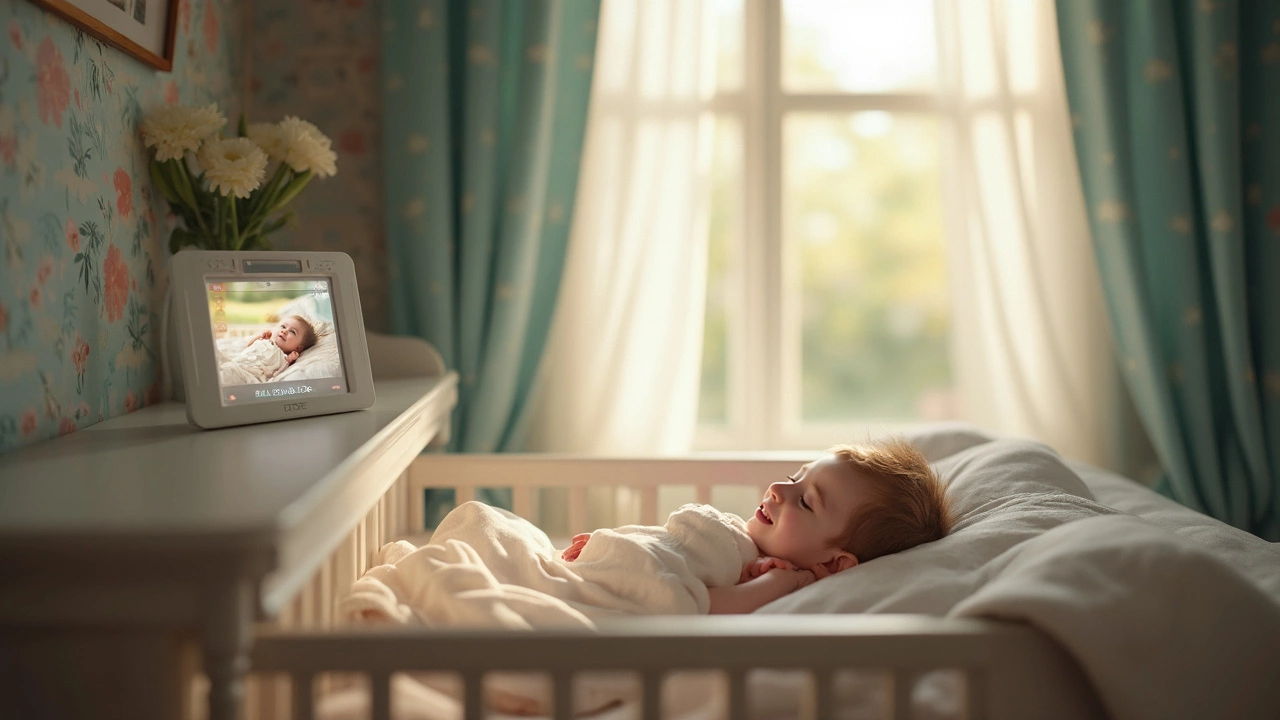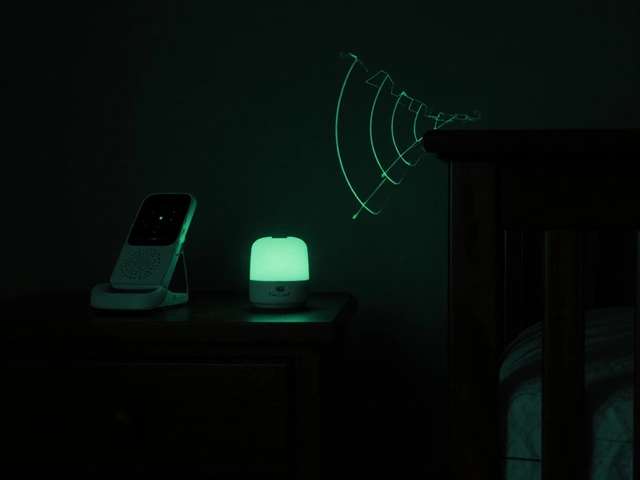How to Use a Baby Monitor Right – Simple Tips for Real Parents
If you’ve just bought a baby monitor, you’re probably wondering how to make it work for you, not against you. It’s not just about turning it on and hoping for the best. Small tweaks in placement, power, and connection can turn a shaky signal into a reliable lifeline.
Pick the Right Spot for Clear Audio and Video
Start by putting the monitor’s camera or microphone at a height where it can see the whole crib without glare. A corner of the room works best because it reduces the number of walls the signal has to cross. Avoid placing the unit right next to large metal objects or the fridge; those can eat up the signal and cut the range.
If you use a video monitor, aim the lens so the baby’s face is visible even when they turn. A slight angle downwards helps capture the whole crib and stops the monitor from lighting up the room at night.
Boost the Range – What Really Works
Most parents think a monitor’s advertised range (often 300‑ft) is a guarantee. In reality, walls, doors, and Wi‑Fi interference can shave that distance in half. Test the signal by walking around the house with the parent unit in hand. If you notice static or dropped video, try moving the base station closer to the bedroom or use a Wi‑Fi extender if it’s a Wi‑Fi‑based monitor.
Many modern monitors let you switch between 2.4 GHz and 5 GHz bands. The 5 GHz band is faster but has a shorter reach, so stick with 2.4 GHz for bigger homes. Also, keep the unit away from cordless phones and microwave ovens – those devices love to pollute the same frequencies.
Connecting the monitor to your phone is a huge convenience, but it adds another layer of complexity. Use the official app, update it regularly, and make sure your phone’s Bluetooth and Wi‑Fi are on when you need live alerts. Turn off background data for other apps to keep the monitor’s connection strong.
Security matters, too. Change the default password as soon as you set up the device. If the monitor offers encryption, enable it – you don’t want strangers tapping into your baby’s room.
Battery life can catch you off guard. A fully charged monitor often lasts 8‑12 hours, but heavy video streaming can cut that in half. Keep a charger nearby and plug in the unit during nap times or when you’re at work. Some models let you swap batteries on the fly; keep a spare on hand.
Finally, remember that a monitor is a tool, not a babysitter. Set realistic alerts – a low‑battery beep or a motion detection ping – and combine them with regular checks. Use the monitor to stay informed, not to replace the instinct that tells you when something’s off.
By placing the unit wisely, testing the range, securing the connection, and keeping an eye on power, you’ll get a monitor that actually helps you relax. The next time you hear that gentle chime, you’ll know it’s because the baby’s safe, not because the device is glitching.


